Jill Eisenberg, our Resident Literacy Expert, began her career teaching English as a Foreign Language to second through sixth graders in Yilan, Taiwan as a Fulbright Fellow. She went on to become a literacy teacher for third grade in San Jose, CA as a Teach for America corps member. She is certified in Project Glad instruction to promote English language acquisition and academic achievement. In her column she offers teaching and literacy tips for educators.

In honor of Wangari Maathai’s birthday on Tuesday, April 1 and upcoming Earth Day later this month, we at Lee & Low Books want to share all the fantastic resources and ideas that are available to educators who are teaching about Wangari Maathai’s legacy and using Seeds Of Change: Planting a Path to Peace.




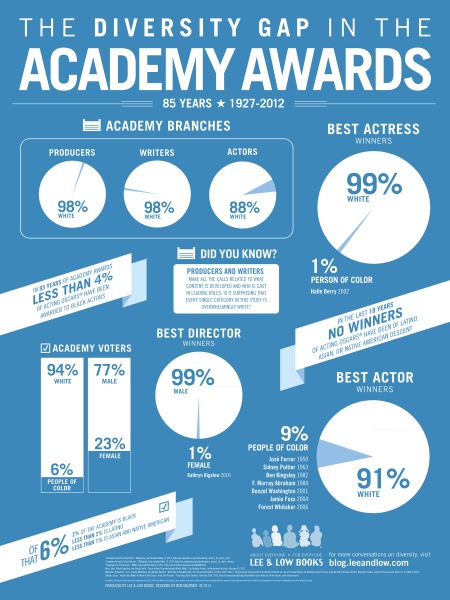
 How We Are Smart
How We Are Smart
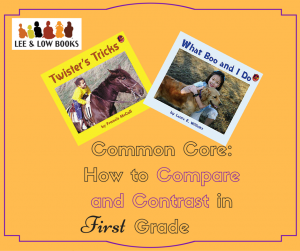 Through elementary school, readers will learn to compare and contrast within and between texts. By first grade, readers can practice comparing two texts as they continue to learn decoding, sight words, and vocabulary. Comparing and contrasting are useful because teachers can assess students’ abilities at close reading, comprehension, and interpretation, as well as expose even new readers to deeper interactions with a text.
Through elementary school, readers will learn to compare and contrast within and between texts. By first grade, readers can practice comparing two texts as they continue to learn decoding, sight words, and vocabulary. Comparing and contrasting are useful because teachers can assess students’ abilities at close reading, comprehension, and interpretation, as well as expose even new readers to deeper interactions with a text.
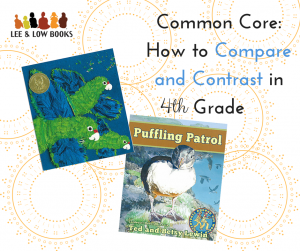 Fourth grade is a significant juncture for readers because the Common Core State Standards prescribes that 50% of reading material should be nonfiction. One of the critical skills on Common Core-aligned end of year assessments is compare and contrast. By the end of the fourth grade, students need experience in comparison for both fiction and nonfiction works. Practice in comparison not only improves a student’s close reading abilities, but also enables educators to gauge student comprehension and interpretation.
Fourth grade is a significant juncture for readers because the Common Core State Standards prescribes that 50% of reading material should be nonfiction. One of the critical skills on Common Core-aligned end of year assessments is compare and contrast. By the end of the fourth grade, students need experience in comparison for both fiction and nonfiction works. Practice in comparison not only improves a student’s close reading abilities, but also enables educators to gauge student comprehension and interpretation.
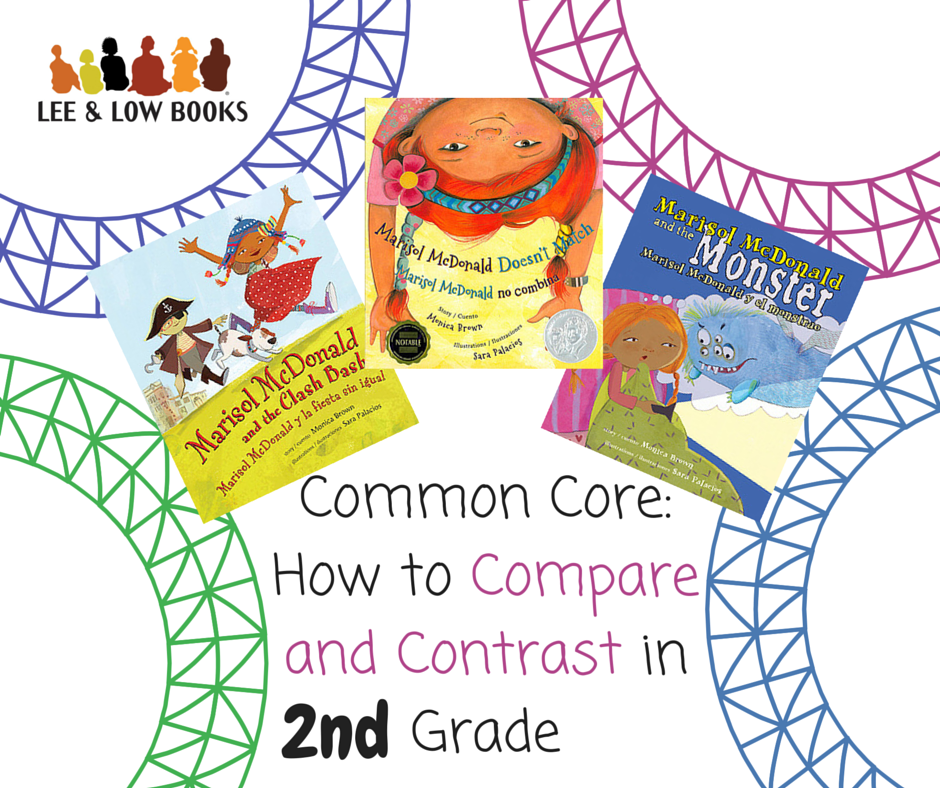 Last week, I presented
Last week, I presented 
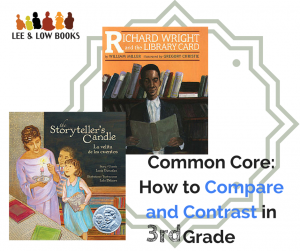 One of the critical skills on Common Core-aligned end of year assessments is compare and contrast. In order for students to compare and contrast successfully within or between texts, students must be proficient at the close reading, comprehension, and interpretation stages. There are many ways to approach teaching comparing and contrasting, including between characters, texts, genres, themes, or media.
One of the critical skills on Common Core-aligned end of year assessments is compare and contrast. In order for students to compare and contrast successfully within or between texts, students must be proficient at the close reading, comprehension, and interpretation stages. There are many ways to approach teaching comparing and contrasting, including between characters, texts, genres, themes, or media.
